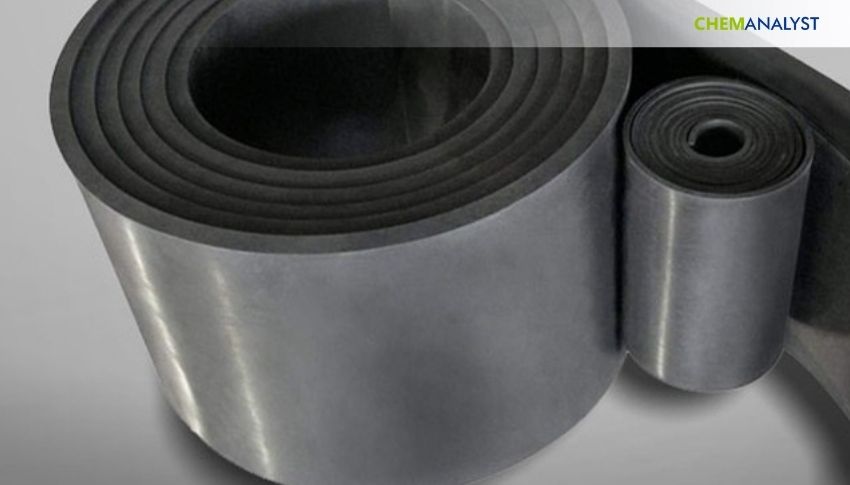Welcome To ChemAnalyst

In mid-June 2025, SBR prices declined in China and Europe due to weaker feedstock costs and cautious market sentiment, despite steady demand from the tire industry. In both regions, lower butadiene and styrene prices reduced cost support, while rising inventories signaled mild oversupply. Although tire production remained stable and electric vehicle demand lent support, logistics disruptions in Europe and weak raw material trends kept the SBR market soft yet stable.
During mid-June 2025, the styrene-butadiene rubber (SBR) marketplaces in China and Europe remained soft. The direction was influenced by declined raw material support, stable though conservative downstream demand, and regional supply chain outages—particularly in regions of Europe.
In China, SBR prices softened somewhat in the first half of June. This was after a downward trend already experienced in May. The pressure of costs relaxed as upstream feedstocks butadiene and styrene fell consistently over these months. The cost support, which previously was tight owing to input costs escalating, relaxed as raw material butadiene and styrene prices dropped. SBR manufacturing levels were steady, although inventories crept up slightly, leading to a moderate oversupply scenario.
Notwithstanding this, demand from the tire production industry continued to be a mainstay. Production of tires remained robust, especially for semi-steel and all-steel types. Production levels at leading tire manufacturers were stable, with no considerable inventory movements. This ensured stable SBR procurement by downstream sectors despite the overall market tone becoming slightly apprehensive.
In Europe, the SBR market also fluctuated in a soft range, under the same cost and supply conditions. Raw materials lost value, exerting downward pressure on margins and total market price. Nevertheless, the demand scenario was not all grim. While the European auto sector continued to fall short of pre-pandemic levels, industry group forecasts indicated a steady recovery in production and sales volumes, especially for new energy vehicles.
The tire market remained the primary demand center for SBR in Europe. Both original equipment and replacement markets provided support. The increasing contribution of SBR to electric vehicle tires and insulation parts also provided some long-term demand stability, particularly as electrification widened across the continent. European manufacturers used efforts to maintain prices firm in thinner margins, though soft feedstock and high inventory hindered this.
Supply logistics in Northern Europe also added to the challenge. Hamburg terminals experienced congestion, rail transport disruptions, and schedule delays in vessel arrivals due to workers' actions and infrastructure concerns. Comparable issues were reported at key ports in Rotterdam and the UK, with echoing effects across the regional supply chain. These caused delays in SBR shipments and created delivery uncertainties.
Prospects in the near term, however, saw the SBR market in Europe and China remaining weak-to-stable. Although tire-sector demand continued to act as a base for SBR prices, muted cost support and high inventories indicated that the market situation was mostly balanced but cautious. Any improvement would hinge on raw material developments and automotive production momentum.
We use cookies to deliver the best possible experience on our website. To learn more, visit our Privacy Policy. By continuing to use this site or by closing this box, you consent to our use of cookies. More info.
